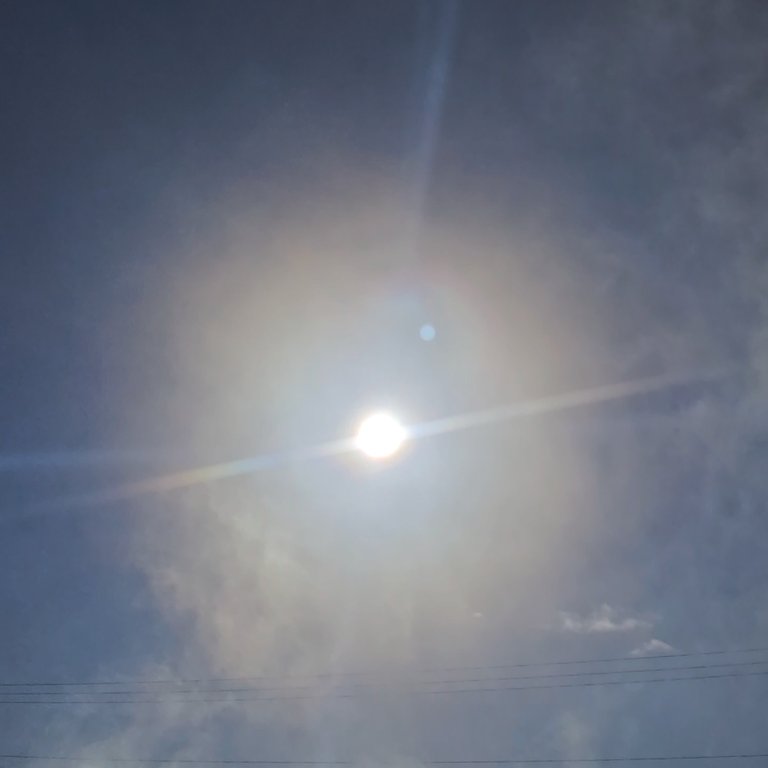The first week of the new year brought a brutal reminder of winter’s extremes across much of Minnesota and the United States. A powerful polar vortex plunged temperatures to dangerous lows, while heavy snowfalls and icy conditions created challenges.
Arctic Blast Grips the Region
Duluth and the North Shore saw temperatures plummet to -20°F (-29°C) during overnight lows, with daytime highs struggling to rise above 5°F (-15°C). This bitter cold was driven by a polar vortex, a sprawling system of Arctic air that reached as far south as Texas and the Gulf Coast. Wind chills in the region made conditions feel even more severe, with frostbite possible in minutes for exposed skin.
Snowfall along the North Shore ranged from 4 to 8 inches (10–20 cm), adding to the challenges posed by subzero temperatures. Winds out of the northwest created drifting snow and reduced visibility, making travel hazardous.
National Impact of the Polar Vortex
The effects of the polar vortex extended far beyond Minnesota. Much of the Midwest, Northeast, and even parts of the Southern Plains experienced record-setting cold. Power grids were strained as heating demand soared, leading to outages in some areas. Agriculture suffered as well, with crops and livestock at risk in states unaccustomed to such extremes.
Southern states like Texas, which experienced temperatures below freezing, saw icy roads and disrupted travel. Meanwhile, in the Northeast, heavy snowfall combined with the Arctic chill to create blizzard-like conditions in some areas.
Local Challenges and Resilience
For Duluth and the surrounding region, the combination of cold and snow tested infrastructure and resilience. Emergency shelters opened their doors to provide relief to those without adequate heating. Water mains froze, and burst pipes became a common sight in older buildings ill-equipped to handle such sustained cold.
Wildlife faced survival challenges as snow covered food sources and freezing temperatures tested their endurance. Small mammals, which rely on snowpack for insulation, were particularly vulnerable. Despite these difficulties, the community demonstrated its resourcefulness, with neighbors supporting one another and public works crews working tirelessly to maintain passable roads and functioning utilities.
Climate Context
Events like this week’s polar vortex are becoming more frequent and extreme due to climate change. The destabilization of the polar jet stream is linked to warming in the Arctic, allowing cold air masses to plunge further south. These weather swings are a stark reminder of how climate disruption is reshaping our world, often amplifying the very extremes we associate with winter.
Looking Ahead
As we move into January, the region remains locked in a deep freeze, but there are signs of moderation in the weeks ahead. Until then, Minnesotans are reminded to bundle up, check on neighbors, and stay safe during this challenging winter season.
